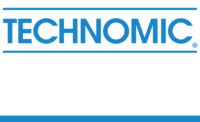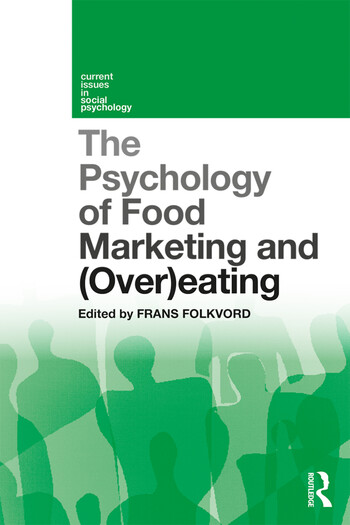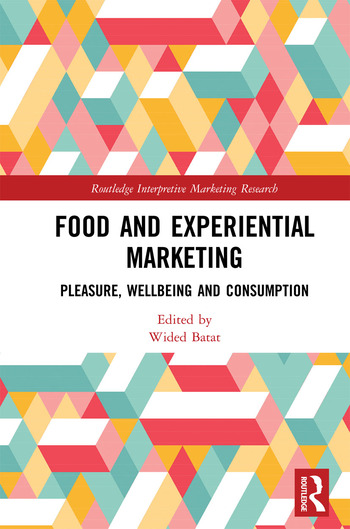A Global Drinking Culture Serves up Opportunities


Portfolio diversity has become increasingly important over the past decade, fueled by intensive retail modernization and a new generation of consumers with high expectations of choice. “Drinking Cultures of the World--Globalisation Creates Opportunities,” Euromonitor International’s latest briefing on global drinking habits, highlights the challenges and opportunities going forward.
Not for All the Beer in China
Certain drinks are synonymous with specific countries. It might be tea in China, wine in France, coffee in Italy or tequila in Mexico. But, traditional perceptions of how the world drinks have been challenged over the past decade, and this is reflected by a new generation of dynamic niche categories, notably RTD tea, functional drinks, RTD coffee, flavored milk, soy beverages, drinkable yogurt and RTD premixes. These types of drinks were virtually non-existent on the global stage 10 years ago, but they are now a significant collective force, accounting for around one in every eight U.S. dollars spent on liquid intake, according to Euromonitor International. Crucially, it is a participation forecast to bulge over the next five years.
The rapid expansion of supermarkets, especially in the emerging economies, has been an important platform for showcasing wider beverage choice, driving the expectations of a burgeoning and increasingly aspirational middle-class. Stronger pressure on products to rotate has also brought pricing to the forefront of the operating environment. These big changes have happened in a relatively short timeframe, bringing with them tough strategic challenges. PepsiCo’s decision last year to regain control of its two biggest bottlers, Pepsi Bottling Group and Pepsi Americas, was, for example, a deal born of this new era of heterogeneous global beverage culture. The current era is one in which portfolio diversity, on the one hand, and control over route to market, on the other, has become a prerequisite to maximizing share of throat power.
Wider beverage choice has also enabled consumers to challenge traditional drinking habits. As a result, it has become increasingly rare for a country’s drinking culture to be defined by one single category. In China, for example, there are now multiple categories with high volume participation. Take beer, which has been China’s biggest beverage growth story in absolute terms over the past decade, generating some 15 billion liters of new retail business between 1999-2009, compared with 4 billion (RTD) liters for hot tea. Over the next five years, China is forecast to account for more than half the world’s absolute volume growth in beer, which is a colossal impact. China is also forecast to fuel over one third of new wine consumption to 2014.
Beer and wine are not the only big beverage growth categories in China. Retail volume of RTD tea reached 10 billion liters in 2009, over one billion liters more than the RTD equivalent for hot tea. Only 10 years ago, hot tea generated more than five times the consumption of its soft drinks’ RTD sidekick. This does not mean that the hot tea culture has been killed off in China, but rather, that the drinking culture has entered a more dynamic and multifaceted era. One could equally add fruit juice into this cultural beverage melting pot, with the category now commanding twice the volume of carbonates, when 10 years ago the reverse held true.
If China is famous for its tea tradition, so too is India. Yet, only last month, the U.S. private equity firm KKR led a consortium to invest $200 million in Coffee Day Holdings, which owns the country’s largest coffee house chain. Five years ago, this type of deal in such a strong tea-drinking culture would have been unthinkable, but India’s youthful population is diversifying away from traditional sweet hot tea and embracing a vibrant new café culture, particularly in Mumbai, New Delhi and Bangalore. Over the medium-to-long-term, this on-trade activity has potential to spill positively into the off-trade, challenging the historic dominance of the hot tea industry. It is another example of a shifting tide of beverage consumption culture. And, with it comes important new investment opportunities.
Re-mapping Big Category Hot Spots
As consumption culture evolves from single to multi-profile categories, also evident are significant revisions in category hot spots. Western Europe, for example, has traditionally been the hub of bottled water culture, but a combination of weaker purchasing power and consumer rebellion against throwaway plastic bottles has cost the sector dearly. This has raised the share of throat importance of tap water, both in the on- and off-trade channels. Downward pressure in the developed markets has also meant that the major bottled water players are increasingly looking to first- and second-tier emerging markets to beef up their bottom line.
Over the next five years, the top 10 countries of forecast absolute growth in bottled water are all emerging markets, according to Euromonitor International, namely China, Mexico, India, Indonesia, Iran, Brazil, Turkey, South Korea, Argentina and Hungary. Carbonates’ culture too, and the investment behind it, is necessarily expanding beyond its traditional markets. In the U.S., for example, the category has leaked around 5 billion liters in the off-trade in five years. Going forward, some of the best investment opportunities are likely to be seen in countries with newly invigorated carbonate cultures, such as Egypt, Saudi Arabia and Nigeria.
In the alcoholic drinks market, vodka is under the cosh in its biggest cultural base, Russia. Yet, the category is thriving in India, the U.S. and Germany, where it has developed a growing prestige among a new generation of spirits consumers. Premium vodka, in particular, has become a popular down-trade from deluxe Scotch during the recent period of consumer belt-tightening. As for Scotch, new consumer hot spots are identified as China, Mexico, Brazil and the United Arab Emirates, offsetting contractions in traditionally high-profile markets, such as Spain and the UK.
The key lesson of this rapidly changing beverage playing field is that ambitious companies can no longer rely on limited portfolios, much less on consumption safe havens. The past decade has shown us that drinking culture is liable to sudden periods of correction, with bubbles bursting and new buds blooming. This has created a challenging and multi-dimensional competitive environment, in which there is a fair measure of risk, but also an ocean of opportunity. Hitting the right strategic agenda has never been more important. pf
Euromonitor International offers global market intelligence on industries, countries and consumers. It has more than 35 years of experience publishing market reports, business reference books, online information systems and custom consulting projects. For more information on Euromonitor International’s research and reports, visit www.euromonitor.com.
Looking for a reprint of this article?
From high-res PDFs to custom plaques, order your copy today!






